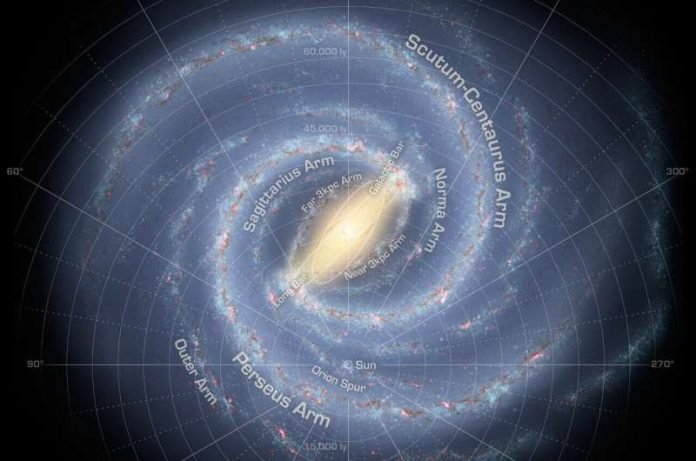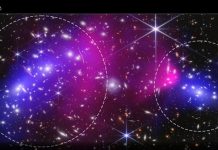
A team of astronomers led by scientists at The Ohio State University has revealed new information about the galactic bubbles that extend above and below the Milky Way’s center.
The study, published in Nature Astronomy, showed that these giant bubbles of high-energy gas, known as eRosita bubbles, are more complex than previously thought.
These bubbles are larger and more energetic than their counterparts, known as Fermi bubbles.
By analyzing observations made by the Suzaku satellite, the researchers characterized the electromagnetic radiation from very low-density gas in the galactic bubbles and other hot gases surrounding them.
The significance of studying galactic bubbles
Galactic bubbles are important in understanding how our galaxy formed and evolved. They exist in the gas that surrounds galaxies, which is called the circumgalactic medium.
According to Anjali Gupta, lead author of the study, “A lot of the regions that we were studying happened to be in the region of the bubbles, so we wanted to see how different the bubbles are when compared to the regions which are away from the bubble.”
The researchers hope to gain more insight into the properties of these bubbles by using new data from upcoming space missions and working on new ways to analyze the data they already have.
Temperature of the gas in the bubbles
The researchers were surprised to find that the temperature of the gas in the bubble region and outside of it was the same.
The paper’s main findings suggest that the temperature of the gas within the bubbles is not significantly different from the temperature of the gas outside the bubbles.
Additionally, the study found that these bubbles are so bright because they’re filled with extremely dense gas, not because they are at hotter temperatures than the surrounding environment.
Origin of the bubbles
The origin of these bubbles has been debated in scientific literature, but this study is the first to begin to settle it.
As the team found an abundance of non-solar neon-oxygen and magnesium-oxygen ratios in the shells, their results strongly suggest that galactic bubbles were originally formed by nuclear star-forming activity, or the injection of energy by massive stars and other kinds of astrophysical phenomena, rather than through the activities of a supermassive black hole.
Implications of the study
As well as revealing new clues about how the Milky Way came to be, the study’s findings could have implications for other aspects of astronomy.
The team hopes to use new data from other upcoming space missions to continue characterizing the properties of these bubbles.
“Scientists really do need to understand the formation of the bubble structure, so by using different techniques to better our models, we’ll be able to better constrain the temperature and the emission measures that we are looking for,” said Gupta.
Collaborators
Other co-authors of the study were Joshua Kingsbury and Sanskriti Das of Ohio State and Yair Krongold of the National Autonomous University of Mexico.
The study was published in Nature Astronomy.
Copyright © 2023 Knowridge Science Report. All rights reserved.



